
Why are flights so expensive now the pandemic is over? Experts explain, and reveal why they might still cost a lot more than before for years to come
- Staff cuts during the pandemic, a shortage of planes, and airlines paying more for aviation fuel because of the Ukraine war are reasons flights cost so much now
- Industry insiders from the likes of Ryanair and Booking.com tell us why airfares may rise even further, and why you should spend your air miles now
The worst of the coronavirus pandemic has subsided, countries are accessible again and airlines expect decent profits now that business and leisure travel has returned. Why, then, are fares still so high?
For one, there’s a lack of planes. Airlines idled large portions of their fleets because travel demand was so lacklustre during the pandemic that they weren’t needed. Now they can’t bring them back fast enough – it takes 100 working hours to ready the biggest jets for service after being parked away.
Another reason: consumers are willing to pay more for tickets after being denied the chance to travel, in some cases for as long as three years.
A Booking.com survey of more than 25,000 adults planning to travel in the next 12-24 months found that many wanted to be “more indulgent” with their itineraries to make up for lost opportunities.
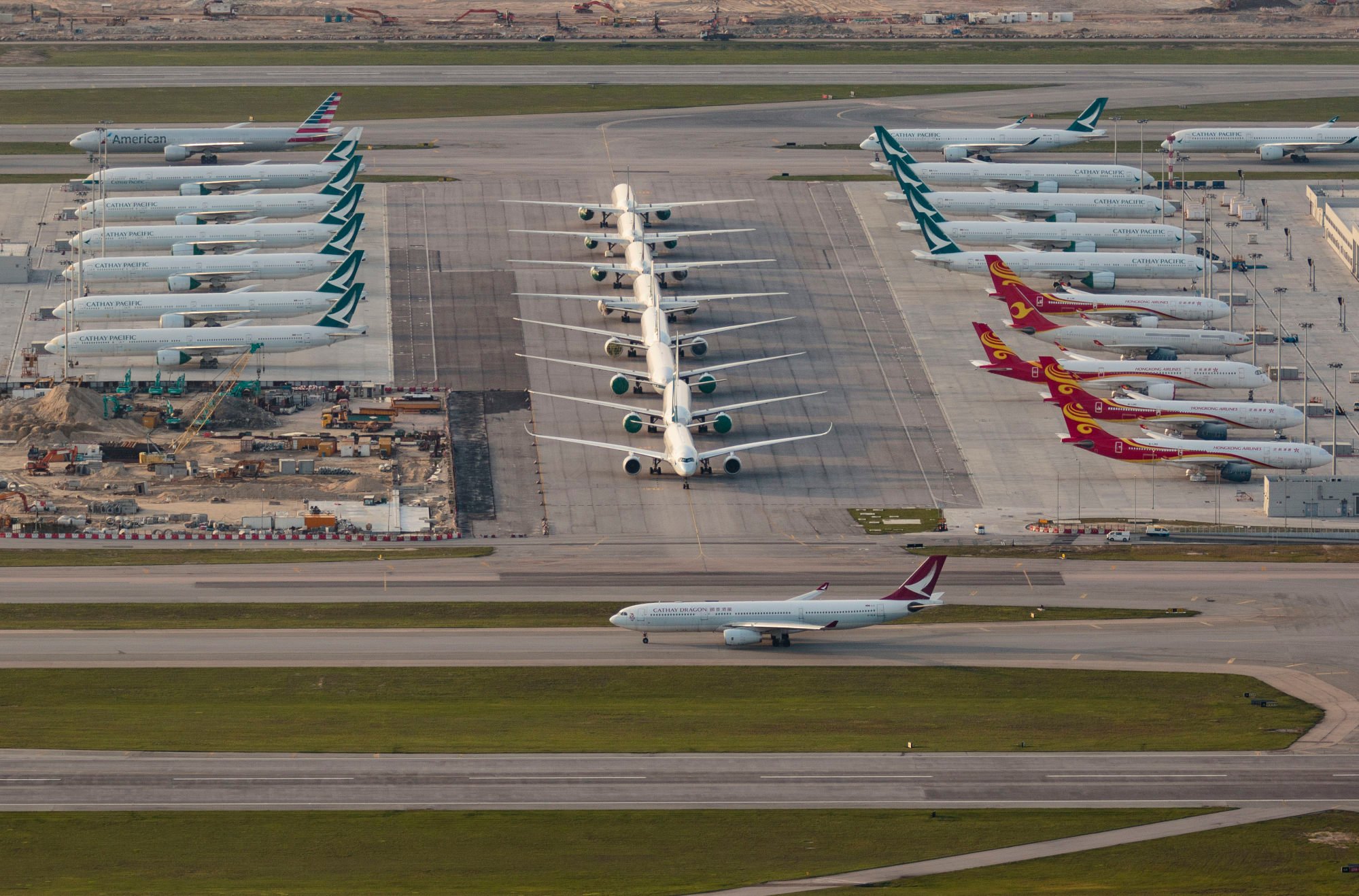
“Even if some trips might be a bit more expensive than they were previously, many people still see value in spending on travel,” says Marcos Guerrero, senior director of flights at the online travel company.
The bad news for consumers is that ticket prices are likely to stay elevated for several years, at least according to Michael O’Leary, chief executive officer of Ryanair, Europe’s biggest airline in terms of passengers carried.
Airlines were stung by nearly US$200 billion in losses over the Covid-19 pandemic and tens of millions of aviation jobs were cut.
With a travel recovery now well under way, the industry is struggling to re-recruit sufficiently. Many well-trained former workers decided to switch careers entirely to take up more stable jobs.
The shortages have worsened delays at airport check-in desks, immigration counters and baggage carousels.
They’ve also forced airlines to work harder to attract and retain staff, which has meant offering better salaries. That translates into higher airfares as carriers try to recoup the additional costs.
Will climate change end air travel as we know it as Asia heat hits new highs?
Fuel prices have cooled in the past year, but crude oil is still over 50 per cent more expensive than in January 2019, posing a problem for airlines as fuel is their single greatest cost.
Flights between East and West are having to take long reroutes to avoid Russian air space, burning significantly more fuel and further pushing up the cost of tickets.
Many carriers, especially low-cost ones, don’t hedge fuel, leaving them vulnerable to price spikes sparked by events such as Russia’s invasion.
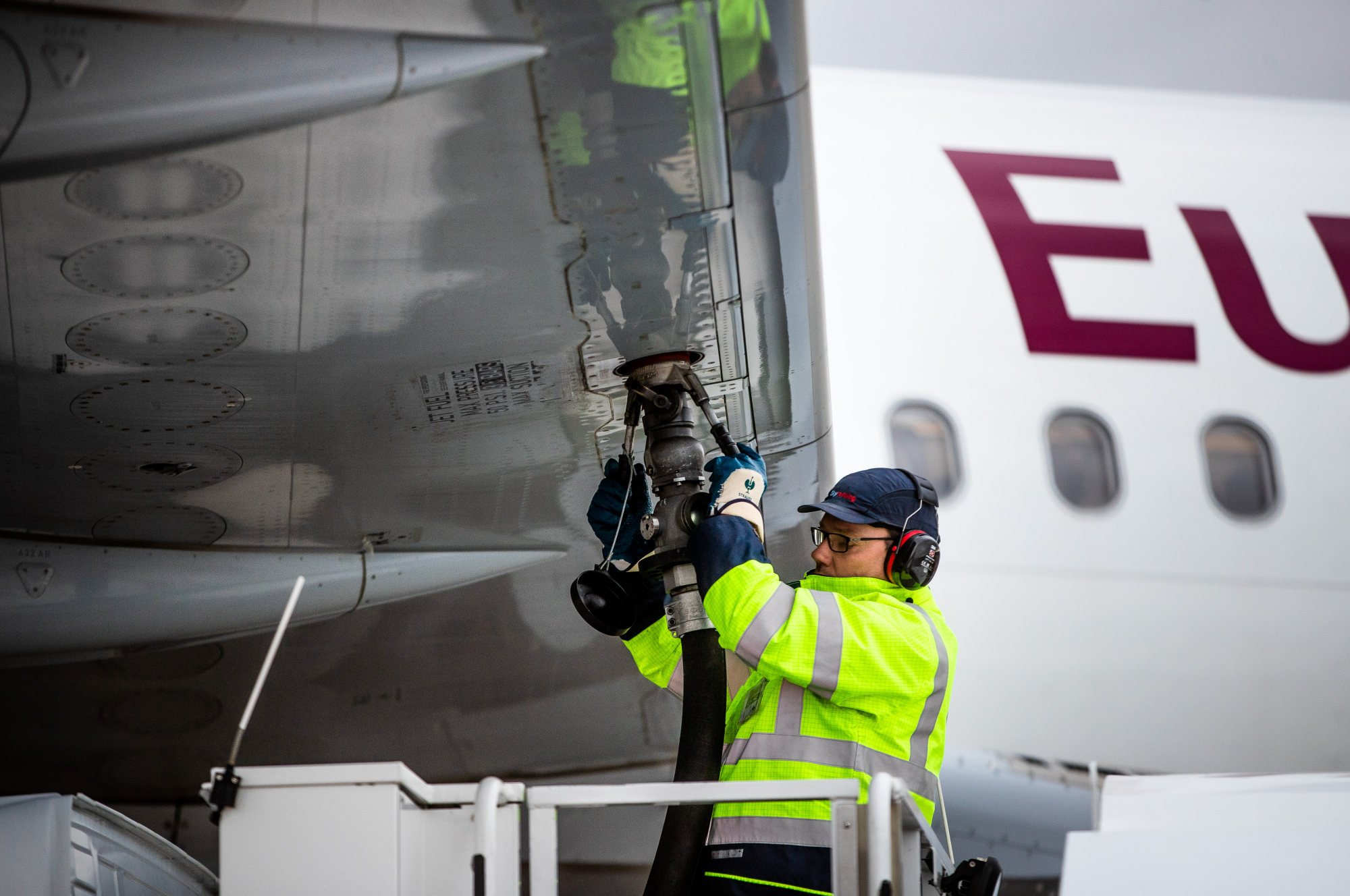
Airlines contribute a little more than 2 per cent of the world’s carbon emissions, but lag behind almost all other businesses in pledges for a cleaner future.
That’s partly because the only feasible solution now – sustainable aviation fuel – costs as much as five times traditional jet fuel.
The industry is going to have to pay US$2 trillion to become carbon neutral by 2050, according to the International Air Transport Association. Airlines will have to raise ticket prices to cope, making flying even more costly.
Airlines still haven’t fully recovered from the pandemic. Flights to China are a great example
Meanwhile, some of the newest technologies being discussed – hydrogen-powered and electric aircraft – remain mostly in the research stages, and are set to be expensive if they come to fruition.
As many as 16,000 aircraft – about two-thirds of the world’s commercial fleet – was grounded at the height of the pandemic.
Making them airworthy again is a huge task that involves scrutinising every part to ensure they are safe. Many were kept in deserts in the United States and Australia where they were less susceptible to wear and tear, but still risked suffering from issues such as damaged interiors and engines.
On top of that, aircraft manufacturers are falling behind, with labour shortages at subcontractors putting the brakes on production.
Sanctions tied to Russia have also made it harder for Airbus, Boeing and their suppliers to secure raw materials like titanium, pushing up prices of parts.
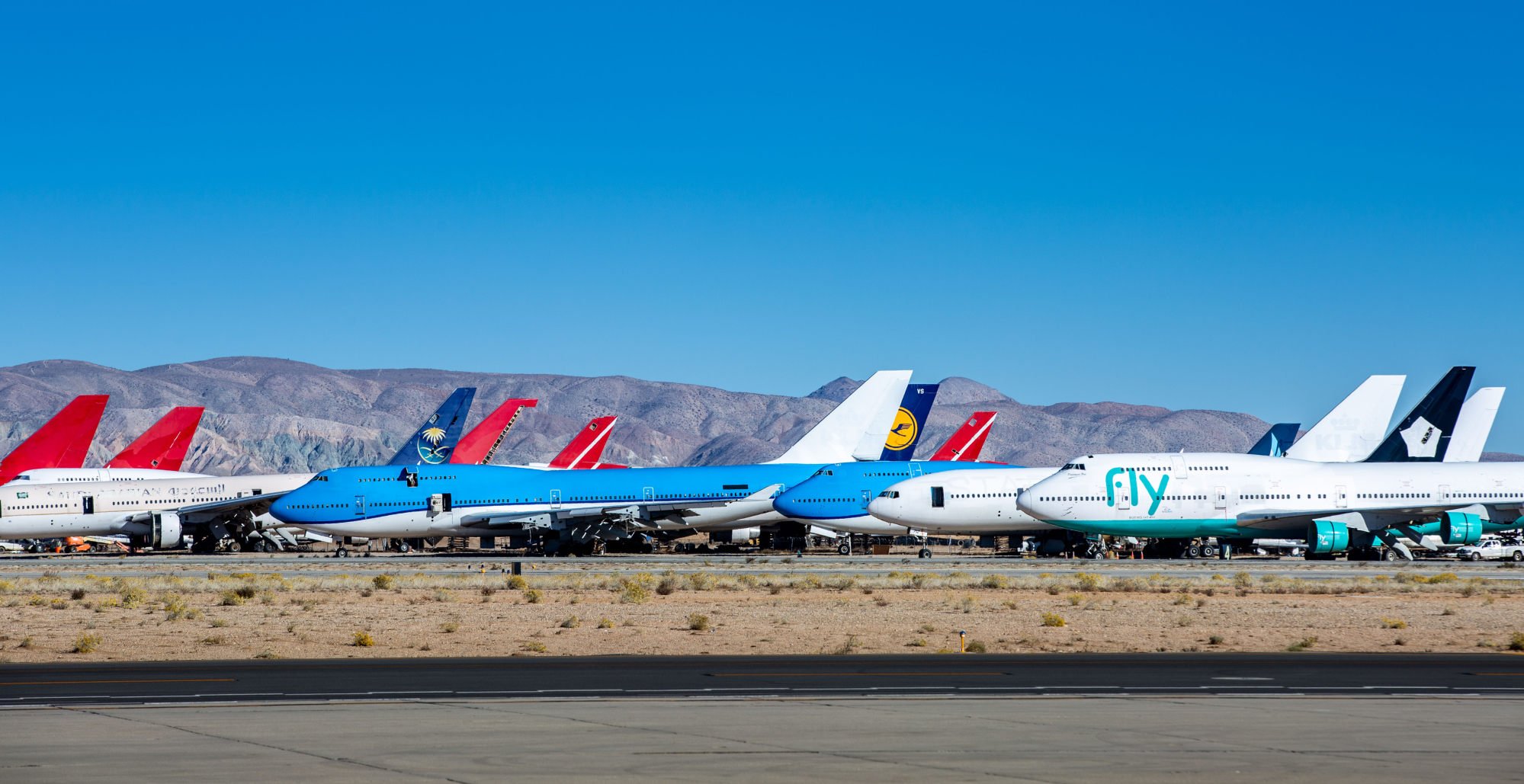
Getting hold of new engines is another headache. The likes of US-based Spirit Airlines and India’s IndiGo have been forced to idle new aircraft as parts are in short supply and manufacturers are struggling to build new turbines.
Some new-generation technology also needs more frequent maintenance, as parts like exotic metal alloys, coatings and composites wear out faster.
He expects fares to rise by double digits this summer, following jumps of as much as 15 per cent last year.
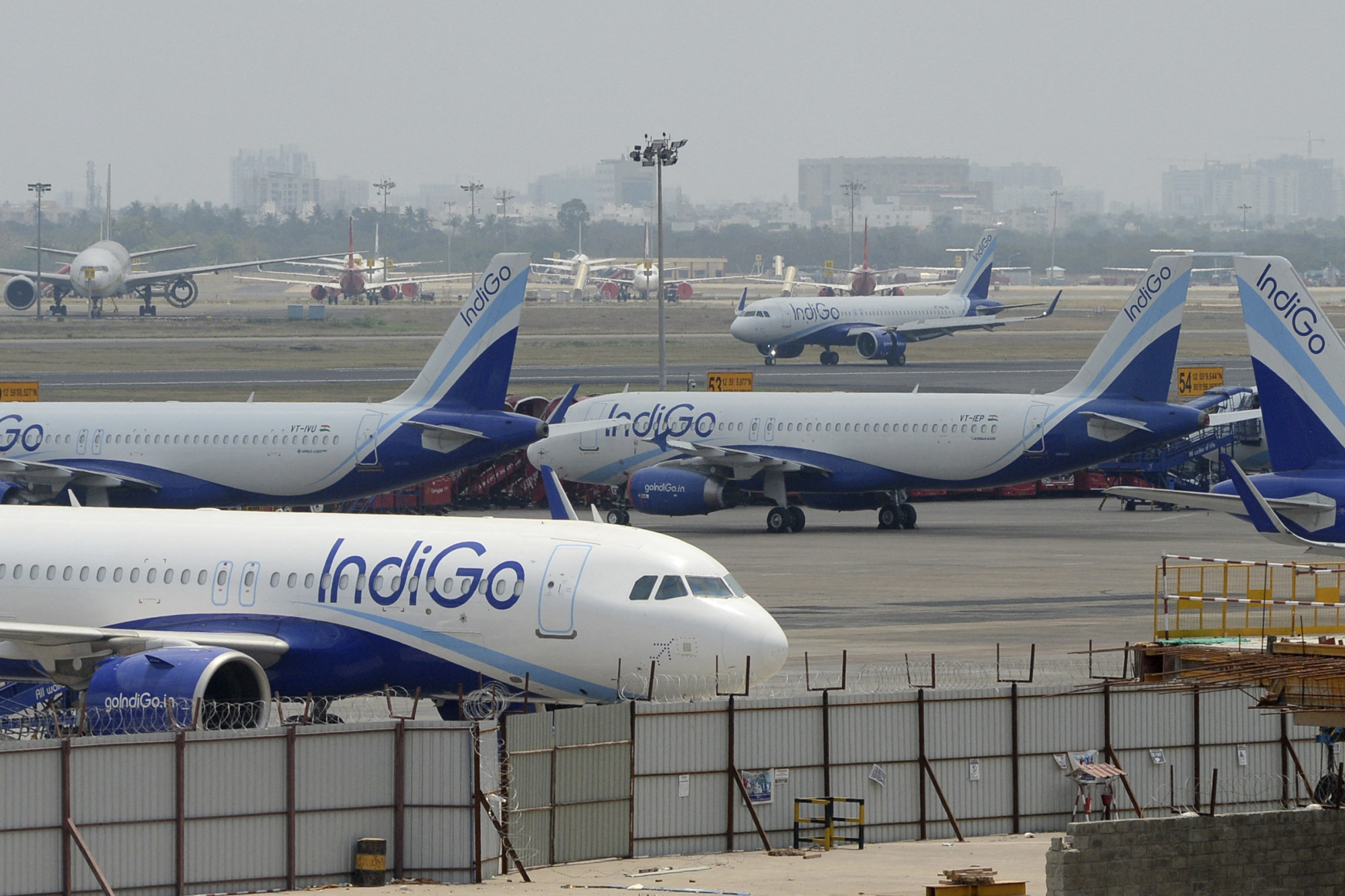
China, the world’s second-biggest economy and source of almost US$280 billion in annual tourism spending before the pandemic, is still rebuilding from the crisis.
The government held on to virus containment measures such as citywide lockdowns much longer than anywhere else, and people aren’t overly eager to risk travelling again, even after the Covid Zero approach was abandoned.
The Association of Asia-Pacific Airlines has said it will take at least a year for China to get back to pre-pandemic levels of international air travel.
Domestic traffic is returning to the equivalent of 2019, but the wider reopening is taking much longer after China’s approach left it more isolated and out of whack with the rest of the world.

A slow China reopening makes airlines nervous about bringing back all of their aircraft and capacity, resulting in fewer seats on international routes, squeezing demand and further driving up airfares.
“Airlines still haven’t fully recovered from the pandemic,” says Clint Henderson, managing editor of frequent-flier website The Points Guy.
“Flights to China are a great example. There are very few right now and the ones there are have astronomically high prices.”
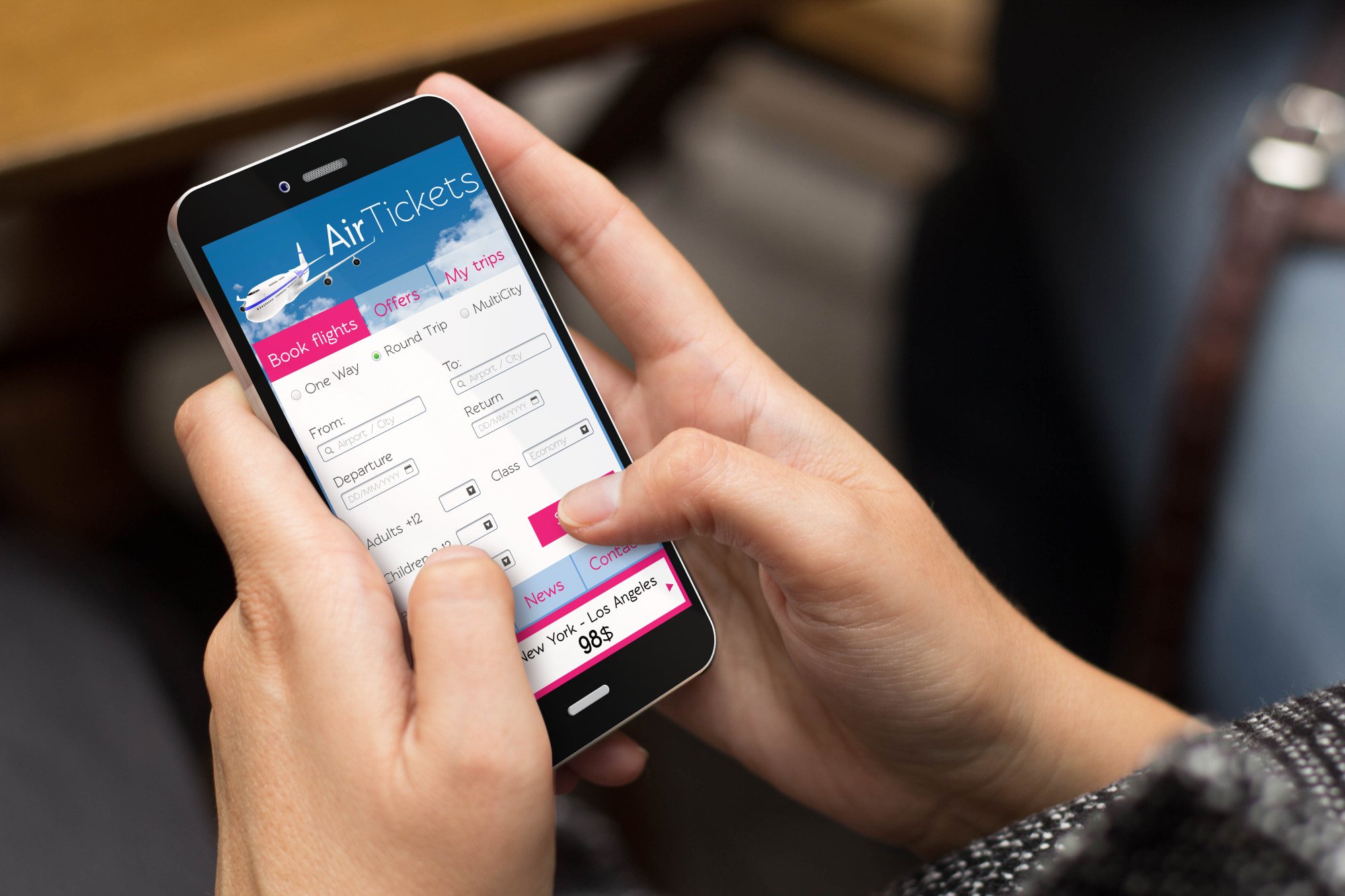
Airlines typically set aside just a few spots for redemption with points, and that fraction has only become smaller.
They’ve also started devaluing their points, Henderson says, adding that consumers should keep a keen eye out for rare opportunities to use them.
“If you see a deal, jump on it,” he says. “They don’t last long these days.”

